Improving Pattern Performance and Reducing Noise
Recommendations
Based on experimental observations:
Material Choice
- 80–100 Mesh Sand: "Use if you value a crisp, tactile line" but be prepared to manage wiggling through fine-tuning
- Baking Soda: Preferred if smoother performance matters more than tactile feedback
Ball Choice
- Magnetic Ball: Highly recommended with thicker trays, though monitor wear over time
- Faux Leather: Apply to table surface to reduce ball wiggling
- Optimization: "It's a delicate balance—sometimes less sand or using a different ball can yield significant improvements"
Baking Soda vs. 80–100 Mesh Sand

Baking Soda
Advantages:
- Creates uniform, fine-grained surface reducing wiggling
- Consistent behavior across many builds
Disadvantages:
- Less defined texture or "crisp" line quality
- Limited customization options
- Absorbs moisture over time
80–100 Mesh Sand

Advantages:
- Provides defined visual and tactile feedback
- Customizable (can mix with additives like UV-reactive materials)
- Preferred by many builders
Disadvantages:
- Larger grains cause ball "tripping" or wiggling
- Thicker trays amplify bouncing issues
- Requires careful pairing with appropriate ball types
Ball Selection and Modifications
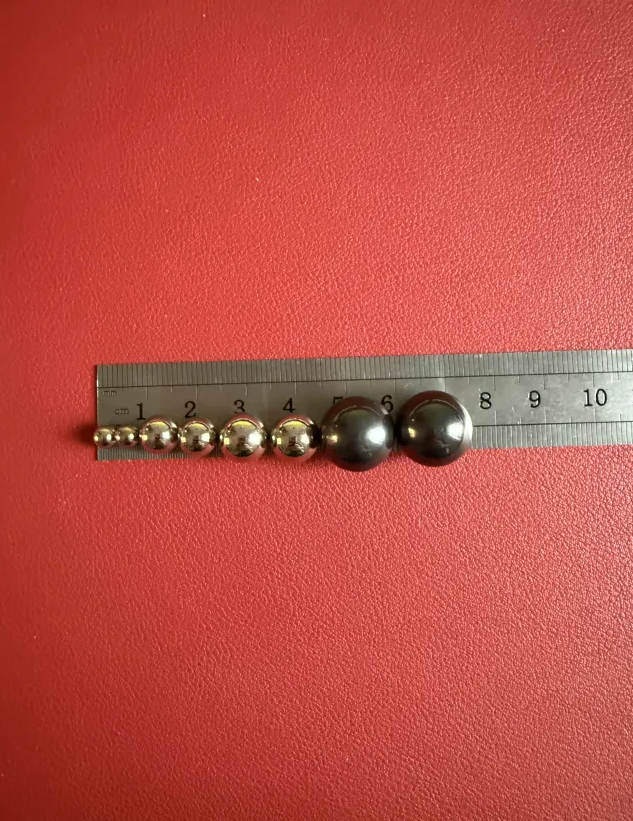
Understanding Ball Wiggling
The ball wiggles when "it hits a relatively large grain of sand or baking soda on a hard surface." This inconsistency can disconnect magnetic balls from the magnet, especially at outer edges where the radial arm bends.

Magnetic Ball Options
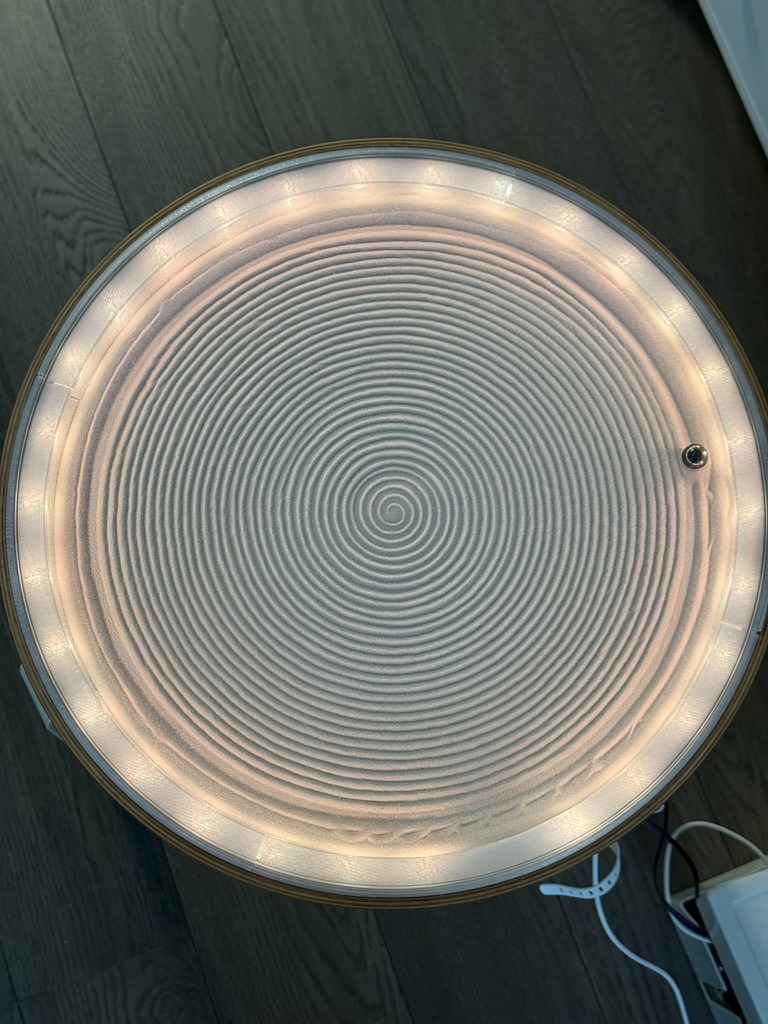
Advantages:
- Enhanced stability, particularly with thicker trays
- Reduces wiggling by maintaining base contact
- Slight bottom wear creates ideal flat surfaces
Disadvantages:
- Gradual wear from sliding rather than rolling
- Worn ball bottoms may widen, creating thicker lines
- Initially increases noise by 10-20% (diminishes as wear flattens the bottom)
Ball Size Recommendations
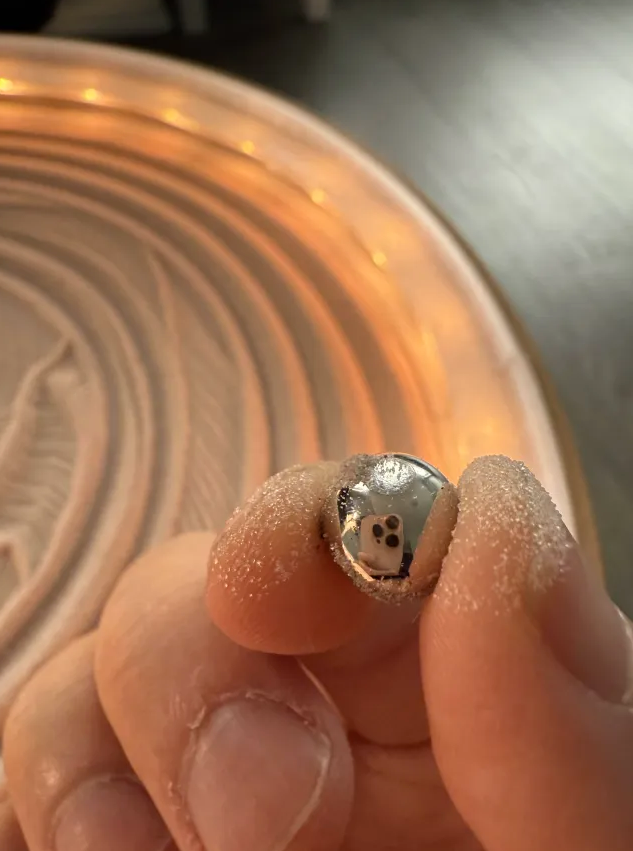
- 5mm: Too small and light; may cause wiggling
- 10mm: "Works best for me, especially with a little wear in the bottom"
- 15mm: Functions well without resolution loss; produces larger lines
Maintenance Note: Bottom wear gradually expands over time. Some builders experiment with foam padding to prevent excessive degradation.

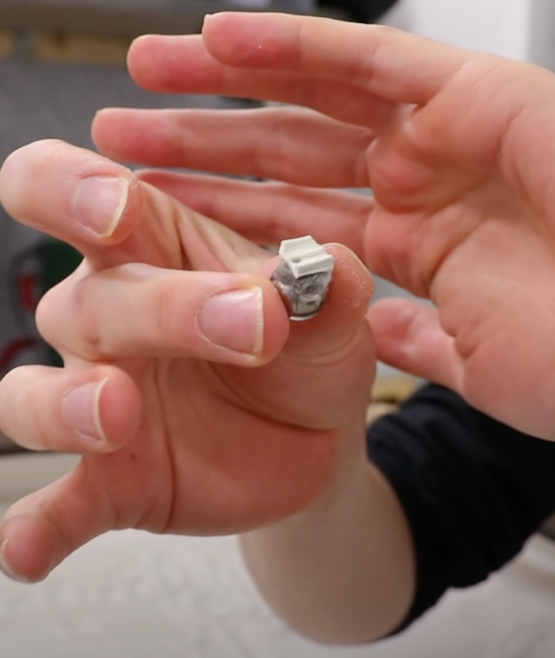
Faux Leather Enhancements
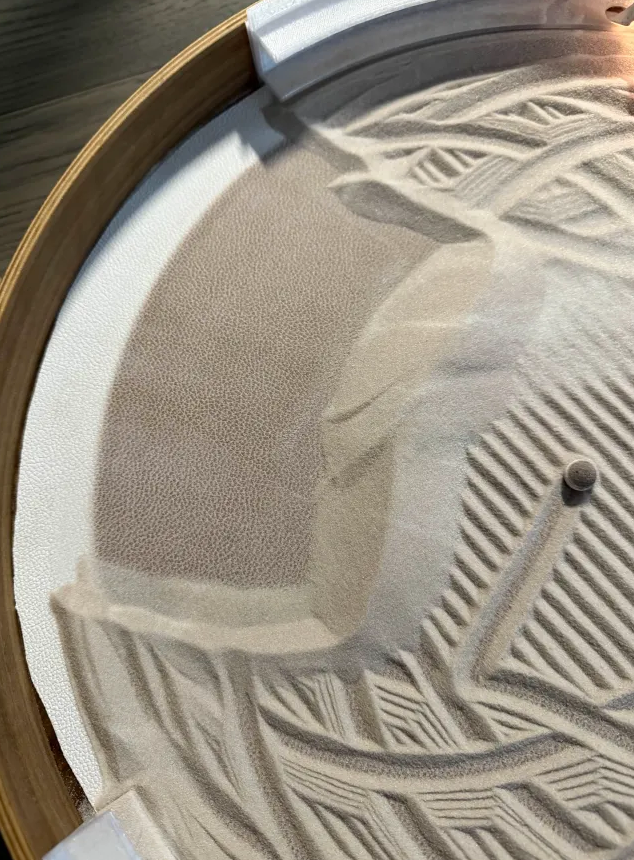
Advantages:
- Causes sand to sink slightly when the ball passes, smoothing its path
- Eliminates roughly 90% of wiggling
- Significantly reduces table noise
Disadvantages:
- Increases overall thickness
- May require eventual replacement with extended use
Tray/Base Considerations
Thick OMBONAD trays can cause performance issues including ball disconnection from magnetic force, particularly at the perimeter where "the radial arm bends downward due to gravity."
Solutions:
- Use thinner trays to maintain magnetic contact
- Pair thick trays with magnetic balls
- Adjust ball type to overcome magnetic force challenges
For additional support, the community maintains a Discord server.